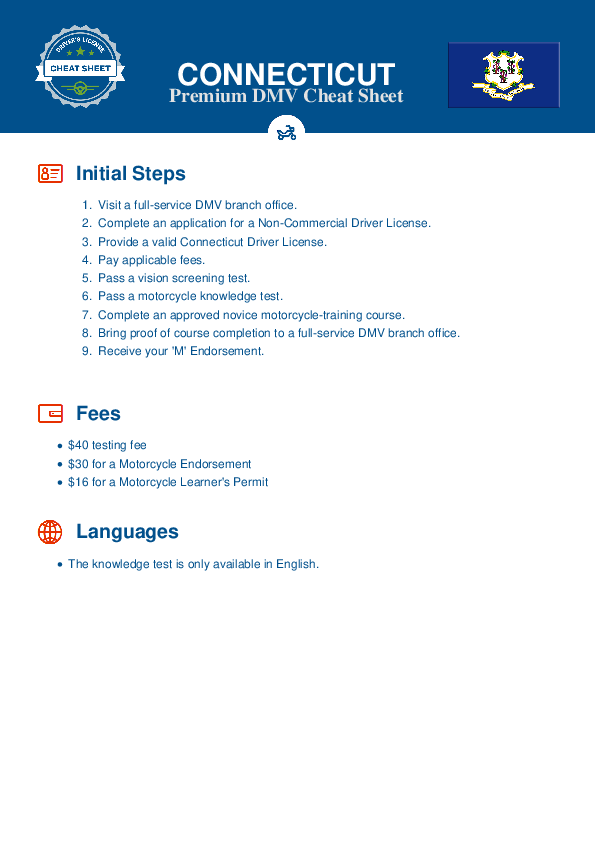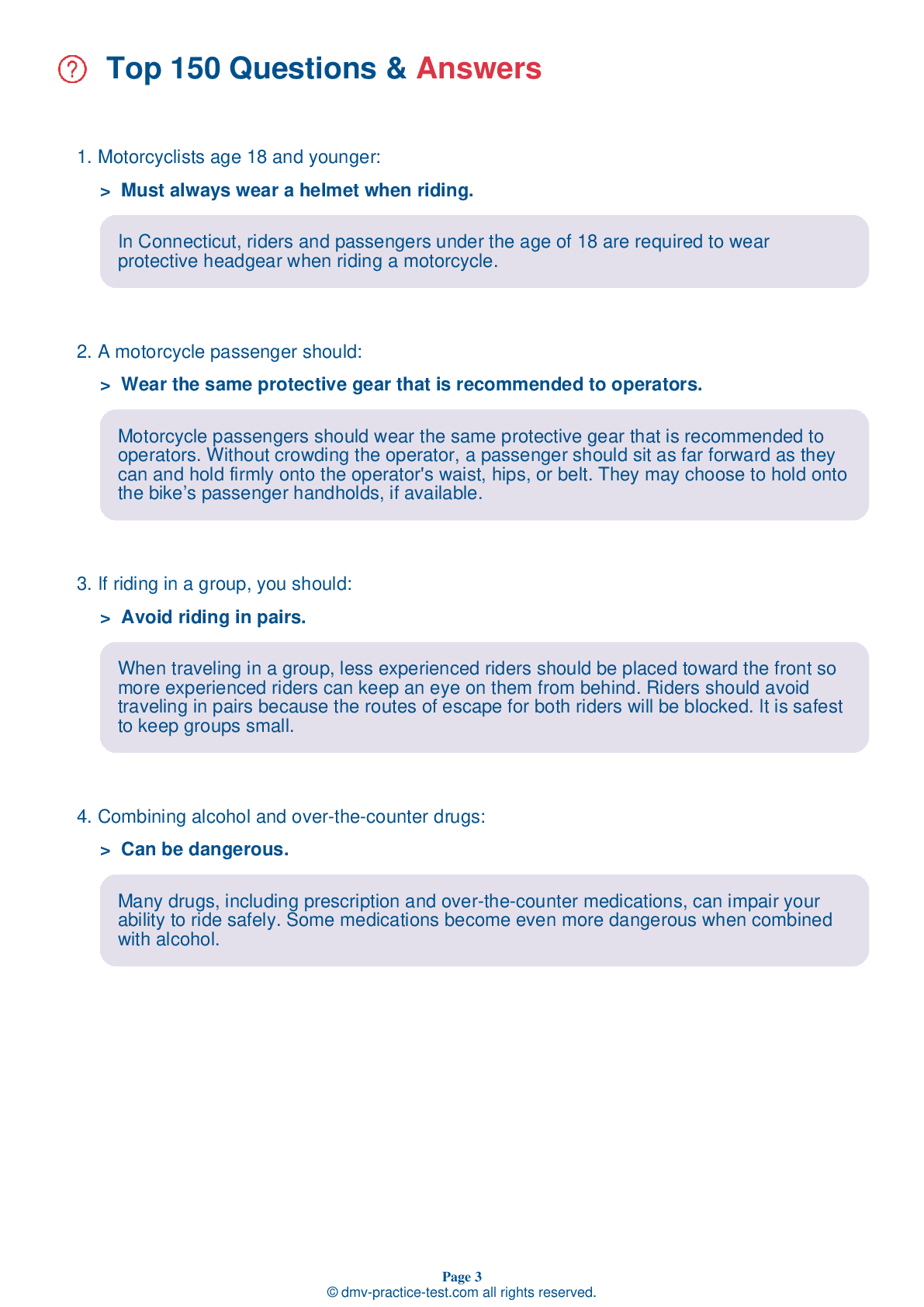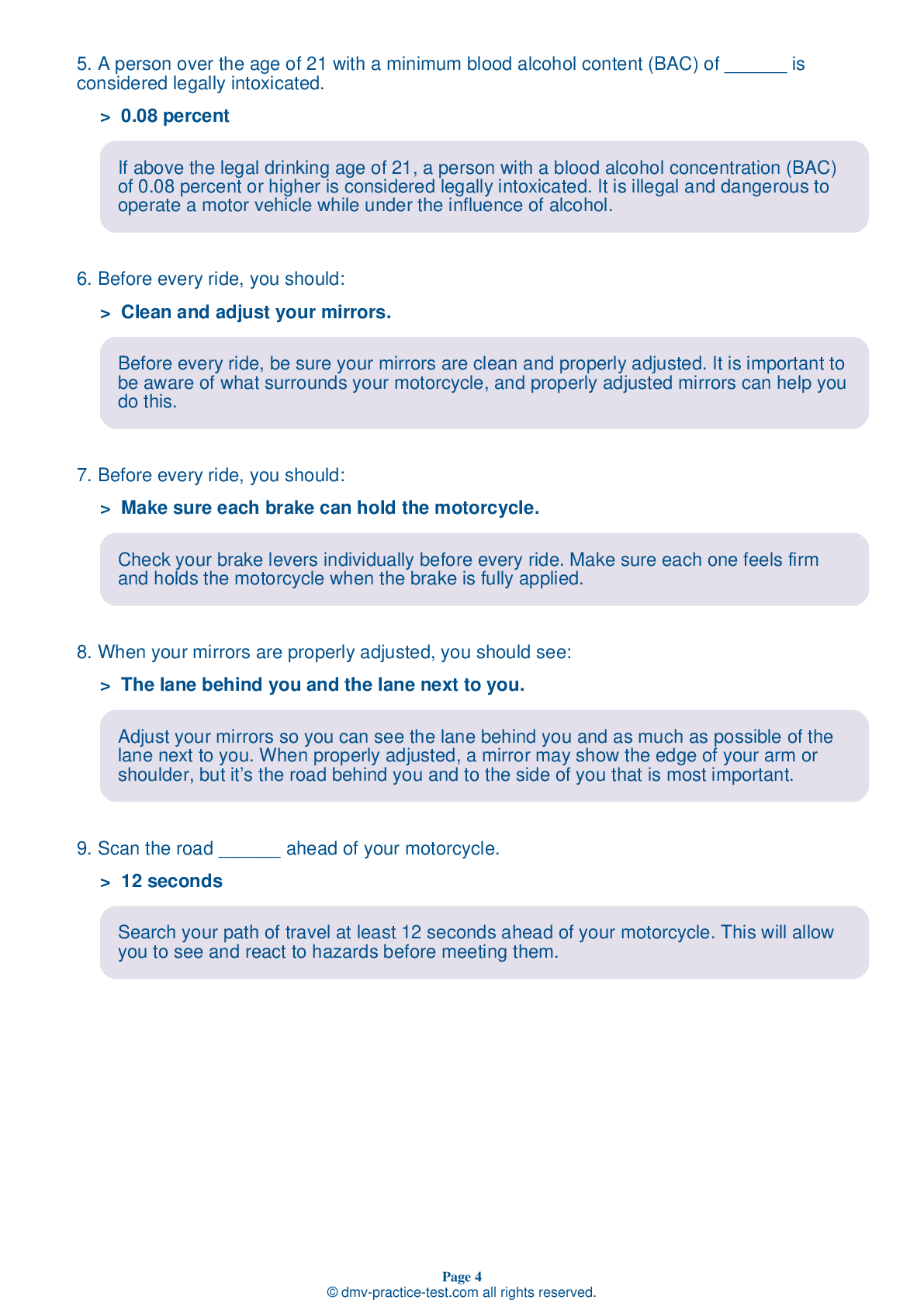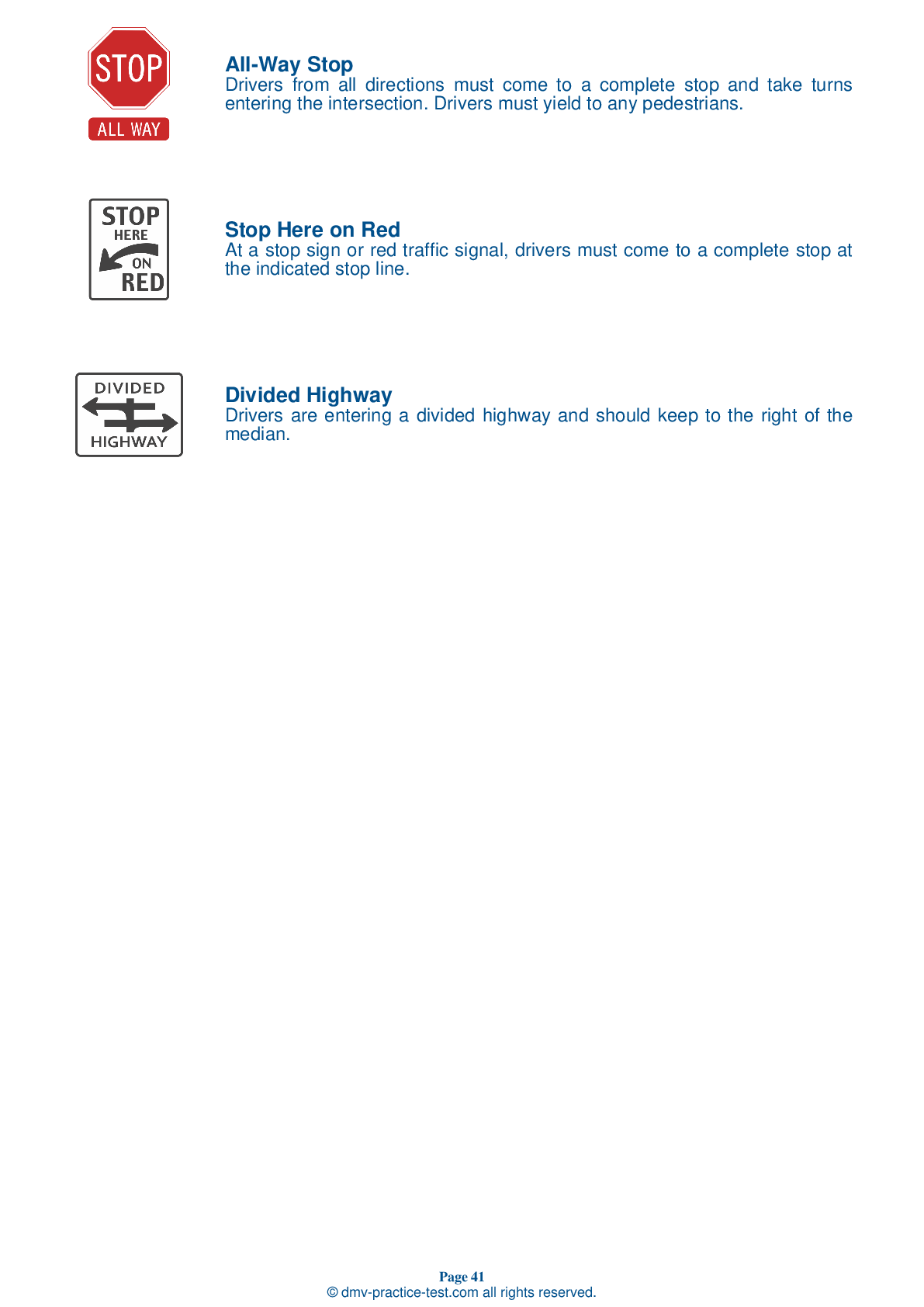Motorcycle Test | License CT 2025 | FREE Online Practice! #2
Take this FREE motorcycle test (license in CT 2025) to check your knowledge of the road rules. To improve your results, download a motorcycle handbook online, study theory, and practice for free on our website. Still worried about how to get a motorcycle license in Connecticut in 2025? Check our website for more sample tests, train as much as possible, and boost your grades!
1 . A passenger on a motorcycle should:
Passengers should get on a motorcycle only after the engine has been started and the transmission is put in neutral. They should sit as far forward as possible without hindering the operator's control of the motorcycle and should hold onto the operator's waist, hips, or belt.
2 . This sign means:
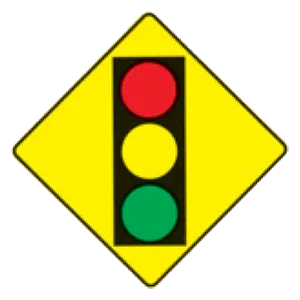
Warning signs are usually diamond-shaped with black markings on a yellow background. They alert drivers to upcoming hazards. This warning sign indicates that a traffic signal is ahead and drivers should prepare to react to a yellow or red light.
3 . A street-legal motorcycle should have all of the following, except:
To be street-legal, a motorcycle should have at least a headlight, taillight, and brake light; front and rear brakes; turn signals; a horn; and two mirrors.
4 . A face shield should:
To be effective, a face shield must be free of scratches; be resistant to penetration; allow clear views to both sides; fasten securely; permit air to pass through; and permit enough room for eyeglasses or sunglasses, if needed.
5 . To control their motorcycles properly, riders should:
To control a motorcycle properly, sit with your arms slightly bent and use your arms to steer rather than to hold yourself up. To maintain balance, keep your feet firmly on the footrests and your knees against the gas tank.
See the exact questions that will be on the 2025 Connecticut DMV exam.
99.2% of people who use the cheat sheet pass the FIRST TIME
Jeneen was tired of paying $5/gallon. She got herself a scooter that required the motorcycle license. She studyed the motorcycle test cheat sheet and passed her test the next day!
Christopher tells us how he knew nothing prior to obtaining the motorcycle study guide, and he only got one question wrong because he clicked on the wrong answer by mistake.
